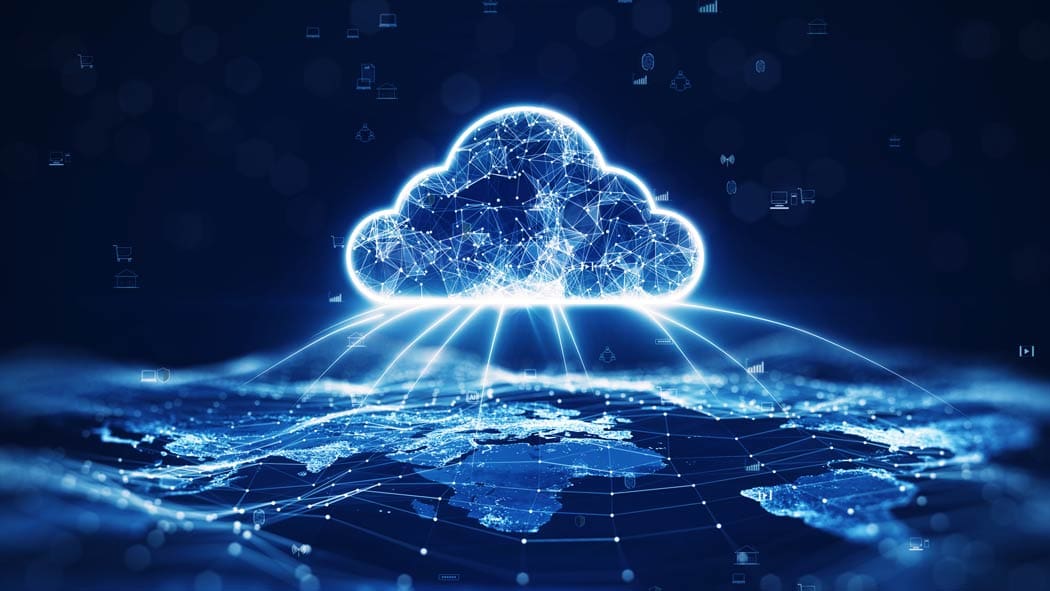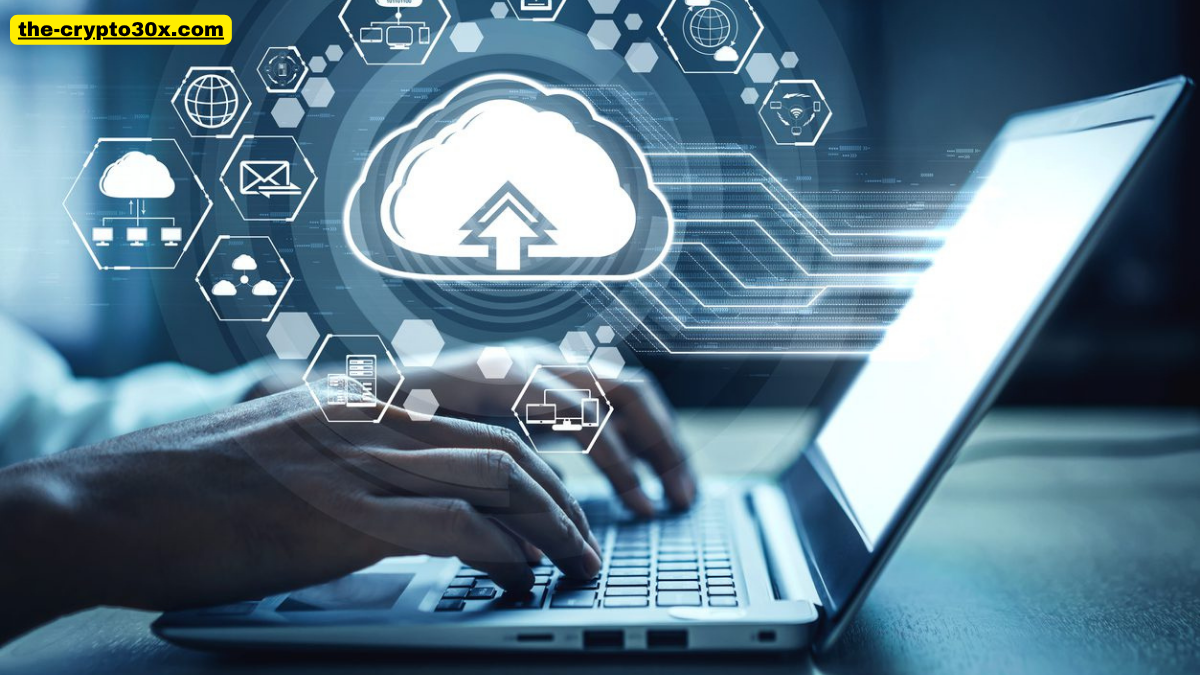Introduction: What Is Business Computing World?
In today’s hyper-connected economy, “Business Computing World” isn’t just a phrase — it’s an evolving universe. At its core, business computing refers to how organizations use technology to boost operations, enhance decision-making, and generate value. Whether you’re a startup founder, an enterprise executive, or an IT enthusiast, understanding this landscape is crucial.
Business Computing World (often abbreviated as BCW) also references an established online platform that provides news, insights, and commentary on enterprise tech. But beyond the publication itself, this keyword encapsulates a massive ecosystem: hardware, software, cloud services, cybersecurity, data analytics, AI, and much more.
Gone are the days when computing was just about spreadsheets and floppy disks. The business computing world now includes advanced technologies such as quantum computing, blockchain, and edge AI — all influencing industries from finance to healthcare. Let’s dive into what makes this digital domain tick.
1. The Evolution of Business Computing: From Mainframes to AI
Early Days – The Mainframe Era

The business computing world had humble beginnings. In the mid-20th century, large organizations used mainframe computers for complex calculations and data processing. IBM’s punch card systems, for example, were groundbreaking at the time. But these machines were costly, bulky, and required specialist knowledge to operate.
The Personal Computer Boom
The late 1970s and early 1980s saw a seismic shift: the personal computer (PC) revolution. Microsoft, Apple, and IBM made computing accessible to businesses of all sizes. Spreadsheets like Lotus 1-2-3 and later Excel transformed how companies handled accounting, reporting, and planning.
The Internet & Mobile Computing Wave
Fast forward to the 1990s and early 2000s — the internet made global connectivity possible. Businesses embraced email, ERP systems, and cloud-based solutions. Laptops, smartphones, and tablets further decentralized computing, allowing real-time data access on the go.
Modern Era – AI, Blockchain & Quantum
Today, business computing means integrating AI for predictive analytics, using blockchain for secure transactions, and exploring quantum computing for solving complex business problems. These technologies are no longer sci-fi fantasies — they’re the beating heart of innovation across the global business world.
2. Key Pillars of the Business Computing World
Hardware Infrastructure: The Physical Backbone
Modern businesses rely on robust IT infrastructure — servers, data centers, edge devices, and user-end machines like laptops and tablets. Innovations like energy-efficient processors and scalable server architectures keep businesses running smoothly 24/7.
Software Ecosystems: From CRMs to ERPs
Software-as-a-Service (SaaS) is a defining trait of today’s computing landscape. Tools like Salesforce, SAP, QuickBooks, and Microsoft Dynamics automate everything from sales pipelines to accounting workflows. Cloud-based platforms reduce costs and offer scalability for growing companies.
Cybersecurity: The Shield in the Digital Age
As businesses become increasingly digital, cyber threats grow more sophisticated. Business computing now integrates AI-powered threat detection, zero-trust architecture, and compliance tools (e.g., GDPR, HIPAA). Cybersecurity isn’t optional — it’s essential.
Cloud Computing: Flexibility at Scale
Cloud providers like AWS, Azure, and Google Cloud allow businesses to scale resources based on demand. From simple file storage to running complex AI models, the cloud is the modern business’s playground.
Data & Analytics: The Currency of Modern Enterprises
Data is often called the “new oil,” and for good reason. Business computing revolves around collecting, analyzing, and acting on data — be it customer behavior, market trends, or internal metrics. Tools like Power BI, Tableau, and BigQuery are empowering smarter, faster decisions.
3. The Role of Artificial Intelligence in Business Computing
Smart Automation & Efficiency
AI enables businesses to automate repetitive tasks, reduce errors, and free up human talent for higher-value work. From chatbots in customer service to robotic process automation (RPA) in finance, AI transforms operations.
Predictive Insights & Forecasting
With machine learning, businesses can predict consumer behavior, financial risks, supply chain bottlenecks, and even employee attrition. This foresight helps organizations stay ahead of the competition.
Natural Language Processing (NLP) and Business Communication
AI-powered NLP tools like sentiment analysis engines and AI writing assistants are revolutionizing communication. Companies analyze social media chatter, emails, and call transcripts to understand customer sentiment in real time.
Challenges: Bias, Ethics & Control
Of course, AI in business computing isn’t without challenges. Ethical AI usage, data privacy concerns, and algorithmic bias are hot-button issues. Companies must tread carefully and transparently.
4. The Future of Work in the Business Computing Era
Hybrid Workspaces & Digital Collaboration
Post-pandemic, hybrid work has become the norm. Tools like Zoom, Microsoft Teams, and Slack aren’t just communication platforms — they’re business lifelines. Cloud-based computing enables seamless collaboration across time zones.
Remote IT Management & Virtual Desktops
With virtual desktop infrastructure (VDI), employees can access work environments securely from anywhere. IT teams now manage entire fleets remotely using centralized dashboards and automated tools.
Upskilling the Workforce
The business computing world demands new skills: coding, data literacy, cloud fluency, and cybersecurity awareness. Companies are investing in employee upskilling through platforms like Coursera, Udemy, and in-house training.
Digital Wellbeing & Burnout Prevention
With always-on digital workspaces, burnout is a risk. Organizations are increasingly using analytics tools to track workload balance, encourage breaks, and improve overall employee wellbeing.
5. Business Computing Trends Reshaping the Landscape
1. Edge Computing
Edge computing brings processing closer to data sources. For industries like manufacturing or logistics, this means lower latency, faster decision-making, and more efficient operations.
2. Green IT & Sustainability
Sustainable computing practices — like low-energy servers and carbon-neutral data centers — are gaining traction. Businesses are aligning IT with environmental, social, and governance (ESG) goals.
3. Decentralized Finance (DeFi) and Blockchain
Business computing now extends into decentralized ecosystems. Blockchain enables secure, transparent transactions without middlemen, paving the way for DeFi applications in traditional business models.
4. Quantum Computing Potential
While still emerging, quantum computing holds promise in optimization, cryptography, and material science — areas that could revolutionize logistics, pharmaceuticals, and more.
5. Digital Twins & Simulations
From product design to city planning, digital twins help simulate real-world scenarios. These models save costs, test assumptions, and provide critical business insights before real-world deployment.
FAQs about Business Computing World
1. What is meant by “Business Computing World”?
It refers to both a digital news platform that covers enterprise IT trends and a broader term describing the ecosystem of technologies used by businesses to operate efficiently.
2. What are examples of business computing tools?
Popular examples include CRM software (Salesforce), project management tools (Asana, Monday.com), data analytics platforms (Tableau), cloud services (AWS), and cybersecurity solutions (Norton, Palo Alto Networks).
3. How does AI impact business computing?
AI enhances automation, decision-making, customer service, and predictive analytics. It helps businesses operate smarter and more efficiently across departments.
4. What skills are needed for a career in business computing?
Key skills include data analysis, cybersecurity fundamentals, cloud computing, coding (Python, JavaScript), project management, and familiarity with AI/ML concepts.
5. Is business computing only for large enterprises?
No. Small and mid-sized businesses also rely on computing tools to streamline operations, reduce costs, and compete in digital markets. Many SaaS tools are tailored for SMBs.
Conclusion: Business Computing World Is the Future — Are You Ready?
The business computing world is no longer a niche. It’s the bedrock of global enterprise. From a startup founder managing operations on the cloud to a global CEO leveraging AI for market forecasting, computing underpins every strategic move.
Businesses that fail to adapt to this reality risk falling behind. But for those that embrace it, the future is bright, scalable, and digitally intelligent. Whether you’re setting up your first digital workflow or exploring quantum optimization, welcome to the ever-expanding Business Computing World.




